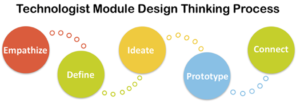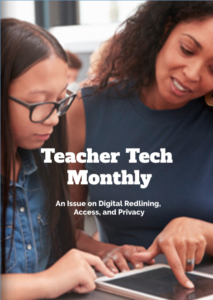Hey everyone and welcome back to the blog!
I am excited to present another Multimedia reflection based on the eCampus Ontario’s open PD module of Technologist. First off I think having open PD is amazing! This allows teachers to extend their knowledge and have openness in education. If teachers can learn openly then students will be able to learn openly as well.
For my final reflection I wanted to make a music video, like I did for my first reflection. I did have one exception though. If I was going to make another music video I had to write my own music and lyrics with a tool I was unfamiliar with. I figured if the module challenged teachers to try new technology tools for the classroom I would start now. I started with a beat, and added some loops. I played around with FX, made the video, and got to use my DJ name I created with my brother when I was 7. I hope you enjoy this video and might try garage band for yourself in the future. Needless to say I had a lot of fun!
Music, Lyrics, Videography, and Editing by Stephanie Johnston
The Technologist module had a very distinctive 5-step process for trying to incorporate technology into the classroom for the benefit of the learners. I am now much more reflective on my own classrooms when I am thinking of new activities.

The 5-step model that the Technologist module provides.
I think this 5-step process in good for incorporating anything into the classroom. First we need to try and understand our students in the empathize step. From there we need to figure out what problem or challenge we want to solve. One recommendation is that teachers start with something small. Teachers don’t need to pick a challenge that is too big for them, and that may ultimately make the learners more confused. The next step of ideate is where technology starts to get involved. As the teachers we need to think of cool technology or anything cool for that matter that might engage students. Next is testing the tool. The testing is like peer editing a paper. Everyone is worried to see what others think, but ultimately the paper (or in this case, classroom tool) is better because of the editing. As the teacher you need to test out your new tool for the classroom. Lastly, you need to connect your tool to the curriculum. You can’t implement something just for fun. There needs to be a way to connect the tool to the curriculum because our duty as teachers is to teach the curriculum. Ultimately, as teachers I think that there is a huge importance on trying new things in the classroom to keep students engaged and interested.
Thanks for checking out my final multimedia reflection!
Steph

